
A memo written by the Pentagon’s policy chief last month gives the Defense Department the option to divert certain weapons and equipment intended for Ukraine back into US stockpiles, according to four people who have read it — a dramatic shift that could see billions of dollars previously earmarked for the war-torn country go toward replenishing dwindling American supplies.
The memo adds even more uncertainty to an already murky picture of the status of US arms shipments to Ukraine ahead of President Donald Trump’s potential meeting with Russian President Vladimir Putin next week.
Even as Trump has greenlit a plan to sell US weapons to Ukraine through NATO, there remain deep concerns inside the Pentagon over arming Kyiv in its war with Russia at the expense of US stockpiles. That is particularly true of highly sought-after items that remain in short supply, such as interceptor missiles, air defense systems and artillery ammunition.
Last month, Defense Secretary Pete Hegseth paused a large package of weapons shipments to Ukraine. At the time, Hegseth was acting in accordance with the Pentagon memo, written by Undersecretary of Defense for Policy Elbridge Colby, a noted skeptic of arming Ukraine.
Shortly after the pause became public, Trump reversed Hegseth’s pause and vowed to continue providing defensive weapons to Ukraine in the face of near daily attacks from Russia. Trump also announced a deal with NATO to provide potentially billions of dollars in more weapons to Ukraine, made by the US but paid for by European allies.
The Colby memo, however, remains in effect and contains a previously unreported provision that allows the Pentagon to divert weapons back into US stockpiles that were built explicitly for Ukraine under a congressionally funded program known as the Ukraine Security Assistance Initiative.
While sources said weapons don’t appear to have been diverted yet, the provision could rob Ukraine of billions of dollars worth of US-made materiel expected to be delivered over the coming months and years.
It also undermines the intent of the USAI, a near decade-old program established by Congress for the explicit purpose of allocating money for the Pentagon to buy weapons for Ukraine directly from US defense manufactures.
$800 million in new money
The USAI program was set up in 2016 and had traditionally provided Ukraine with a stable supply of weapons. The Senate just allocated another $800 million to USAI as part of the Pentagon’s annual budget legislation known as the National Defense Authorization Act.
But it’s unclear whether the weapons produced with that money will ultimately go to Ukraine under the new Pentagon policy, sources told CNN.
The Pentagon declined to comment for this story.
Under previous administrations, top Pentagon officials believed that diverting weapons produced through USAI back into US stockpiles would violate the Impoundment Control Act, according to one of the sources familiar with the matter. That law reinforces Congress’s power of the purse and requires the president to notify lawmakers of any delay or withholding of congressionally authorized funds.
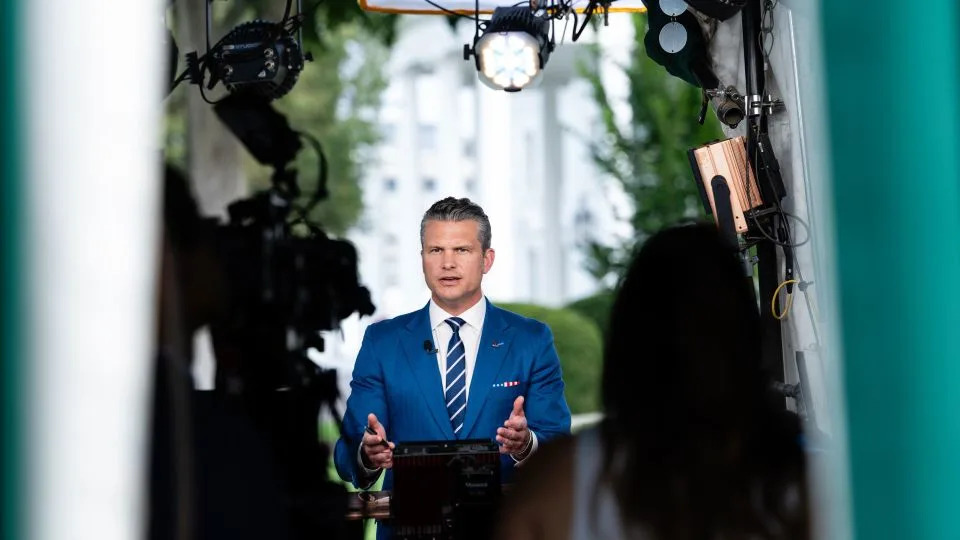
Indeed, the new Pentagon policy already appears to be receiving some pushback from the Senate. In the proposed NDAA for 2026, lawmakers included a provision in recent weeks that would only allow for weapons to be reabsorbed by the Pentagon if they haven’t already been transferred to Ukraine and are no longer needed to support USAI training, equipping, and advisory activities.
Hegseth also has to notify Congress prior to reabsorbing those stocks, the bill says.
Shifting Ukraine support to Europe
The new policy comes as the Trump administration has broadly been looking for ways to shift the burden of arming, equipping, and training Ukraine onto Europe and NATO. At the Pentagon, Colby has also previously pushed to preserve more of the US stockpiles for a potential future war with China.
Separately from the USAI, the Pentagon still has nearly $4 billion left of funding authority, which Congress authorized last year, to send weapons to Ukraine taken directly from US stockpiles. Some NATO allies, including the UK, have been urging the US to use that authority to put more pressure on Putin, the sources said, and have proposed reimbursing the US for the cost of doing so.
To that end, the chairmen of the Senate Armed Services Committee and Senate Foreign Relations Committee, Republican Sens. Roger Wicker and Jim Risch, last week introduced a bill that would create a US Treasury fund that allies could deposit money into to backfill US military equipment donated to Ukraine.
But another source familiar with the matter said the Pentagon is more likely to let that $4 billion in funding authority expire.
Categories of weapons
The Colby memo, which Hegseth approved, remains the department’s policy, the sources said. It categorizes US stockpiles into “red,” “yellow” and “green” categories, the sources added. The red and yellow categories include weapons the Pentagon assesses to be in short supply, and now require explicit signoff by Hegseth before they are sent anywhere else.
Interceptor missiles for Patriot air defense systems, for example, are in the red category, the sources said. The weapons package that was paused by Hegseth last month included dozens of interceptors, but Trump ordered Hegseth to keep those flowing after finding out about the pause, CNN has reported. The Defense Department has broadly been following that directive to send the interceptors, the sources said.
But other weapons in the package were also in the red category, the sources said. It is not clear whether they have been delivered, despite the country’s continued need for layered air defenses to protect its cities from daily Russian missile and drone attacks.
Ukrainian officials have long dismissed US concerns over diminishing stockpiles; the Biden administration often cited that as a reason to not provide certain materiel as well.
Sophisticated US-made air defense systems, such as the Patriot system and interceptors for it, are Kyiv’s most pressing need as Russia has ramped up its nightly aerial bombardment. In July, Russia launched a record 6,443 drones and missiles into the country, according to the Ukrainian Air Force.
A NATO bank account for Ukraine
Meanwhile, the Defense Department has also been working with NATO to develop a novel system for selling weapons to European allies that can then be provided to Ukraine, the sources told CNN. The mechanism would essentially create a NATO bank account that allies can put money into to purchase weapons from the US, the sources said.
Trump alluded to this new mechanism last month, when he told reporters during a meeting with NATO Secretary General Mark Rutte that “we’ve made a deal where we are going to be sending them weapons and they’re going to be paying for them. We’re not buying it, but we will manufacture it, and they’re going to be paying for it.”
Under the system, Ukraine would send a wish list of weapons and equipment to NATO directly, and US Gen. Alexus Grynkewich—the current head of both US European Command and NATO’s allied military operations—would determine whether the US has enough in its stockpiles to sell before putting the list to European partners to potentially purchase, the sources said.
NATO allies are working toward a starting point of $10 billion to invest in the NATO account for weapons purchases for Ukraine, two of the sources said. Rutte announced on Tuesday that allies had already committed over $1 billion to arming Ukraine.
For some more urgent capabilities, some European countries have agreed to send their own supply directly to Ukraine and wait to be backfilled by the US. The US struck a deal with Germany last week, for example, in which Germany will supply two of its US-made Patriot systems to Ukraine and buy new ones from the US, to be delivered as soon as they come off the production line.
Another source who has read the memo noted that while it won’t deter Europe for now from going along with the NATO mechanism to arm Ukraine, they are counting on being backfilled by the US — and the Colby policy still being in place could mean “that anything short of the President saying go ahead might not get through,” the person said.
CNN’s Kylie Atwood contributed to this report.
For more CNN news and newsletters create an account at CNN.com


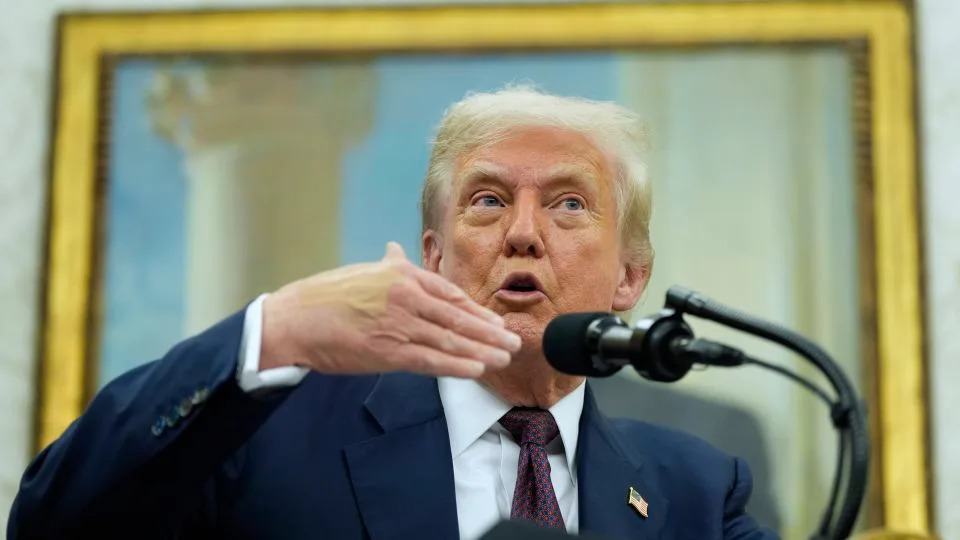
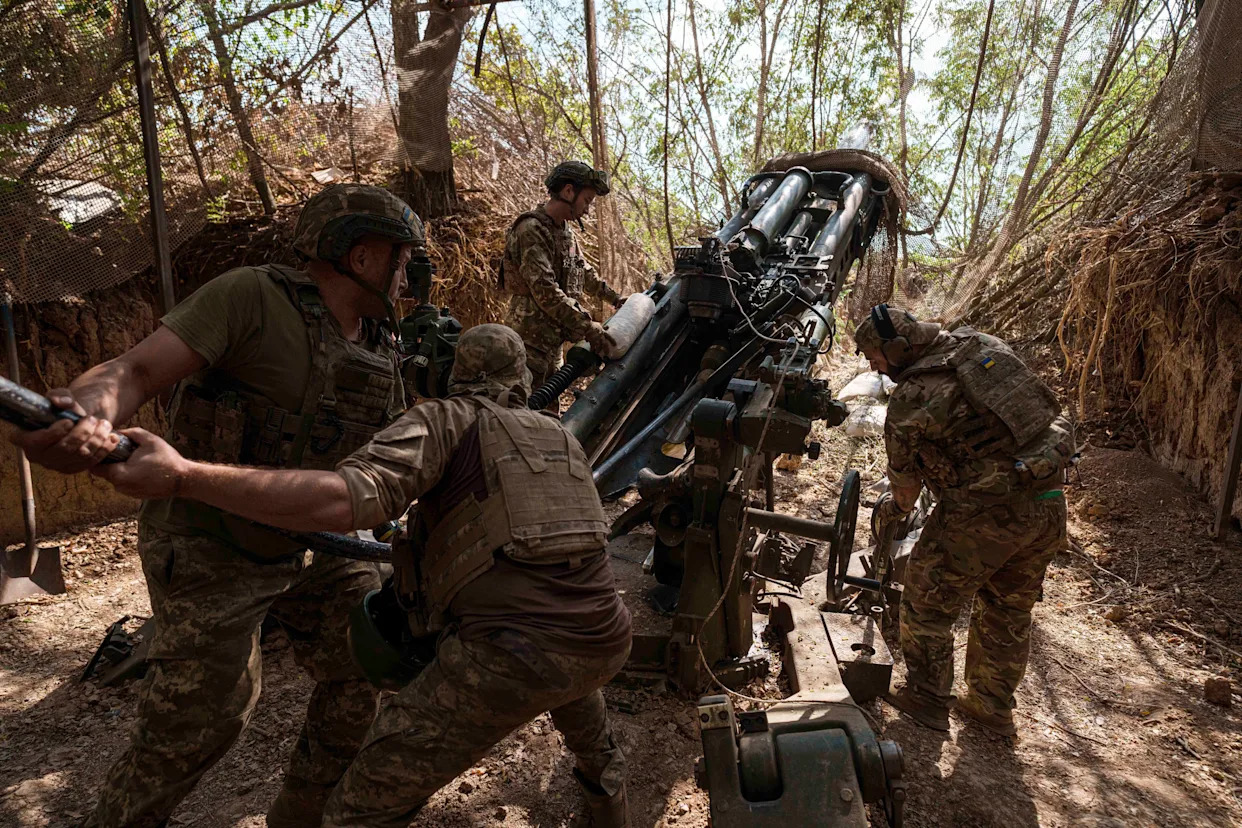

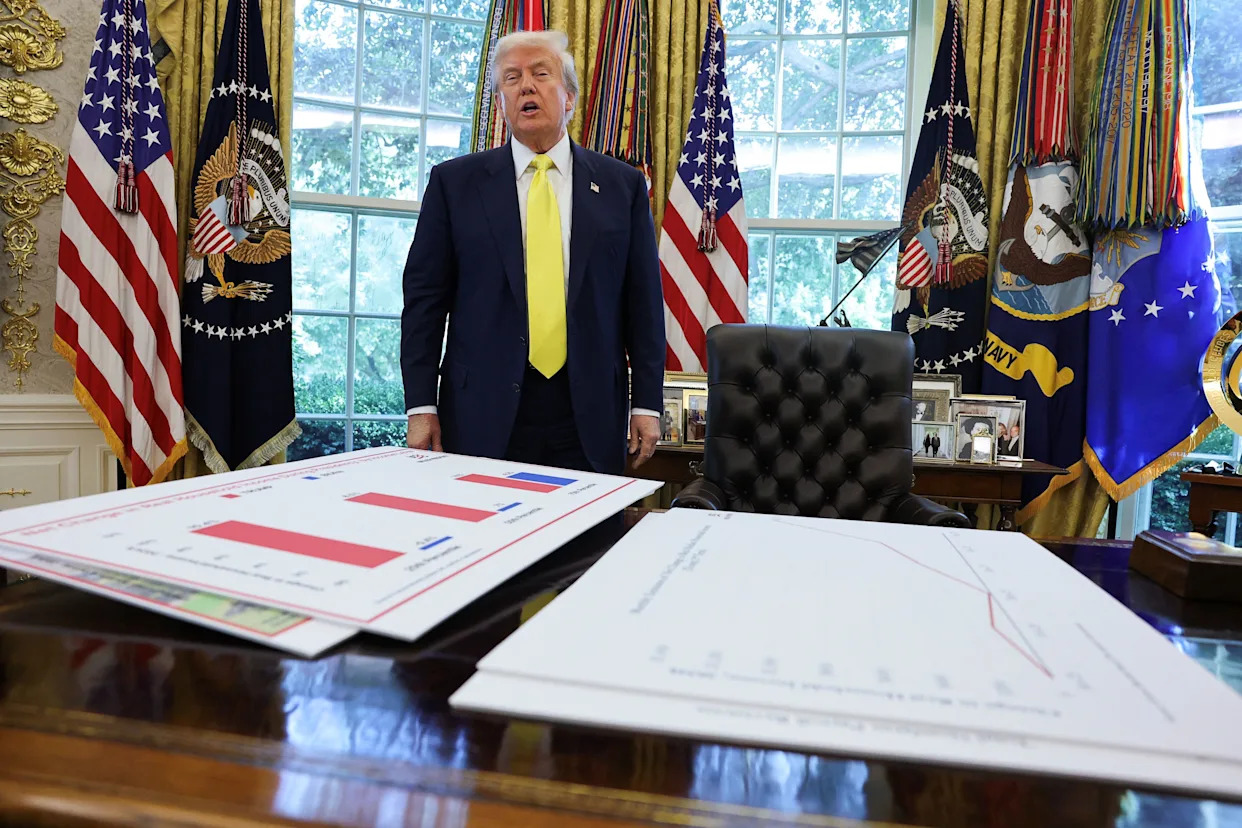

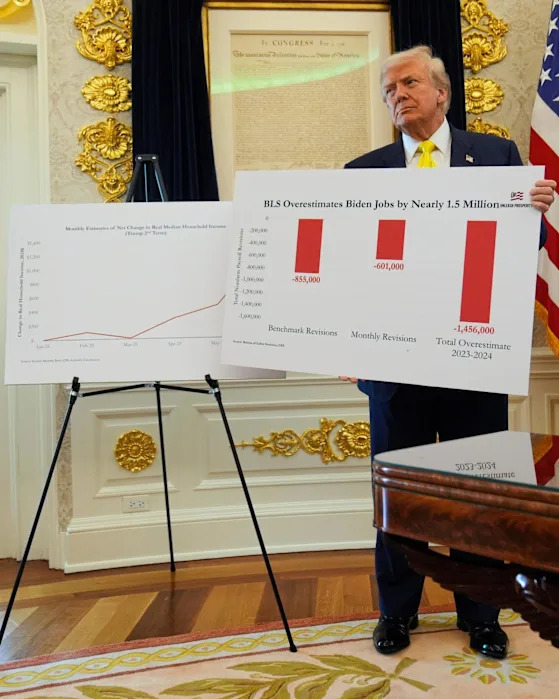
Comments